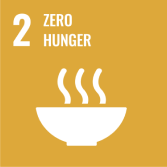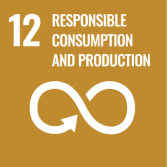Potassium (K
+) is one of the most important cations that plays a significant role in plants and constitutes up to 10% of plants’ dry weight. Plants exhibit complex systems of transporters and channels for the distribution of K
+ from soil to numerous parts of plants. In this study, we have identified 39 genes encoding putative K
+ transport-related genes in
Vigna radiata. Chromosomal mapping of these genes indicated an uneven distribution across eight out of 11 chromosomes. Comparative phylogenetic analysis of different plant species, i.e.,
V. radiata,
Glycine max,
Cicer arietinum,
Oryza sativa, and
Arabidopsis thaliana, showed their strong conservation in different plant species. Evolutionary analysis of these genes suggests that gene duplication is a major route of expansion for this family in
V. radiata. Comprehensive promoter analysis identified several abiotic stresses related to cis-elements in the promoter regions of these genes, suggesting their role in abiotic stress tolerance. Our additional analyses indicated that abiotic stresses adversely affected the chlorophyll concentration, carotenoids, catalase, total soluble protein concentration, and the activities of superoxide and peroxidase in
V. radiata. It also disturbs the ionic balance by decreasing the uptake of K
+ content and increasing the uptake of Na
+. Expression analysis from high-throughput sequencing data and quantitative real-time PCR experiments revealed that several K
+ transport genes were expressed in different tissues (seed, flower, and pod) and in abiotic stress-responsive manners. A highly significant variation of expression was observed for
VrHKT (1.1 and 1.2),
VrKAT (1 and 2)
VrAKT1.1,
VrAKT2,
VrSKOR,
VrKEA5,
VrTPK3, and
VrKUP/HAK/KT (4, 5, and 8.1) in response to drought, heat or salinity stress. It reflected their potential roles in plant growth, development, or stress adaptations. The present study gives an in-depth understanding of K
+ transport system genes in
V. radiata and will serve as a basis for a functional analysis of these genes.
Full article


















